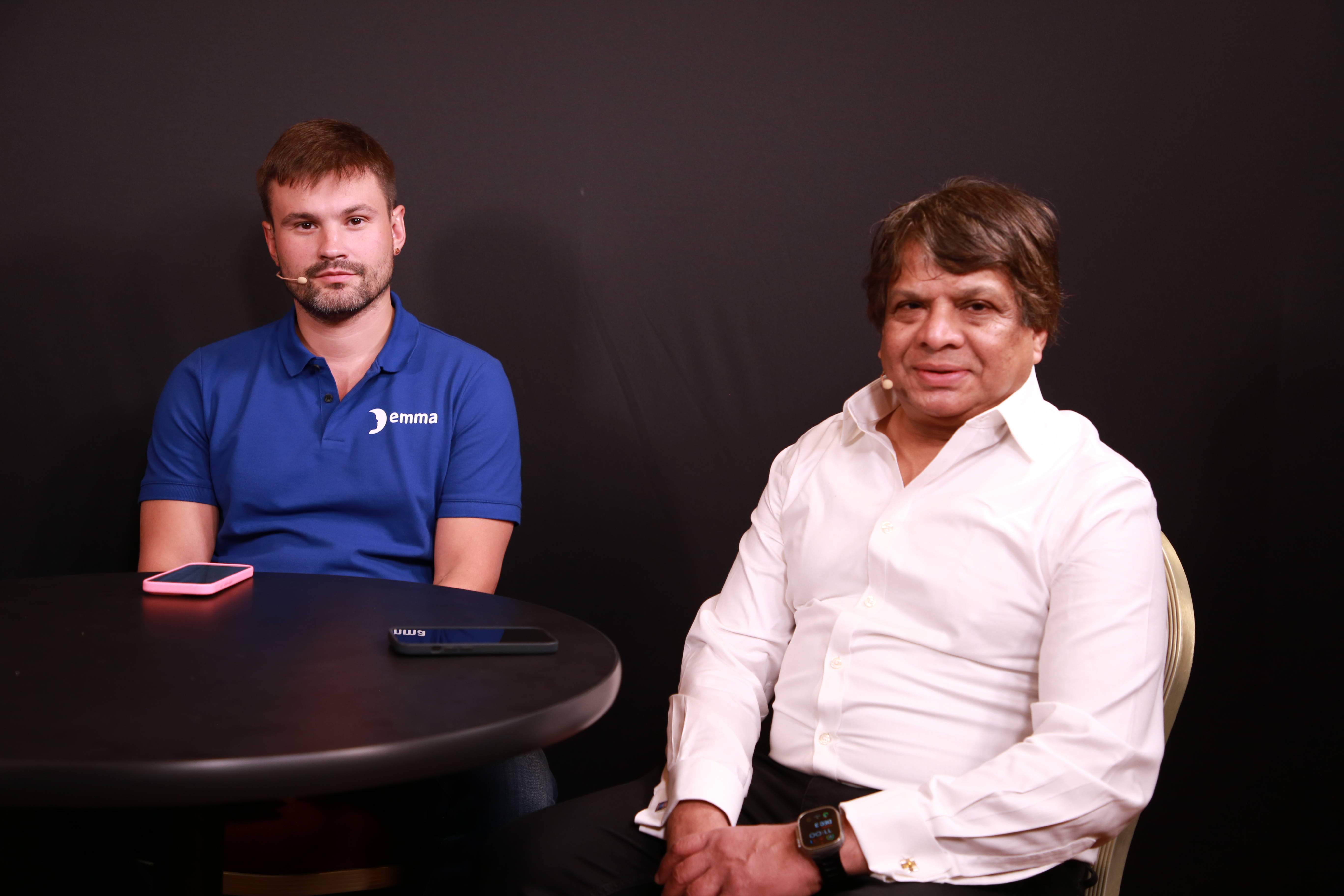 CLOUD
CLOUD
 CLOUD
CLOUD
 CLOUD
CLOUD
A key narrative dominating enterprise tech discourse in 2024 is the rapid evolution of multicloud strategies.
What started as an experimental approach to distributed computing has matured into a critical business necessity, unlocking new opportunities while presenting unique challenges for enterprises navigating an increasingly complex digital landscape, according to Sid Nag (pictured, right), vice president of cloud and AI services and technologies, Gartner Research, at Gartner Inc.

TheCUBE discusses evolving multicloud strategies with Gartner Research’s Sid Nag and Emma Technologies’ Dmitry Panenkov.
“We are seeing an explosion in the adoption of multicloud — it’s been happening over time,” said Nag. “Two years ago it was 75% of organizations that were multicloud and we are predicting 90% at the end of this year. That begs the question: why are people going multi-cloud? Because workloads are getting more complex. The ones being moved into the cloud and the primary cloud provider, although they may have all the capabilities to service that workload, may not be best in the cloud.”
Nag and Dmitry Panenkov (left), founder of Emma Technologies S.a.r.l., spoke with theCUBE Research’s John Furrier for theCUBE’s “Cloud AWS re:Invent Coverage,” during an exclusive broadcast on theCUBE, SiliconANGLE Media’s livestreaming studio. They discussed multicloud strategies, touching on effective complexity management and the evolving role of platforms and frameworks in shaping multicloud’s future.
While multicloud offers unparalleled flexibility, it also introduces significant complexity. Managing resources across different cloud environments, navigating vendor lock-in and addressing data interoperability are just a few of the hurdles organizations face.
Companies face the growing challenge of resource allocation in high-performance computing. Multicloud becomes essential in scenarios where one provider cannot meet resource demands. For example, if a company requires 12 GPUs and its primary cloud provider only offers five, a multicloud approach allows them to bridge the gap using resources from another provider, according to Panenkov.
“Customers find themselves in a multicloud reality because of different things,” he said. “Sometimes you acquire the company because of the business metrics, not because of the environment you utilize and you deploy your applications at the end of the day. Customers don’t want to care about the underlying infrastructure. They simply want to run their applications, scale their applications and leverage different infrastructures.”
Complexity also arises from integrating cloud environments seamlessly. Gartner’s cross-cloud integration framework addresses this by leveraging native APIs to connect services rather than relying on third-party solutions. This layered approach ensures interoperability in areas such as networking, security and data management, making multi-cloud strategies more accessible and effective, according to Nag.
“We have defined something called the cross-cloud integration framework,” he said. “How do you connect these clouds in a seamless fashion and through native APIs rather than going through some exchange provider? If you talk about networking, you’re talking about exchanging border gates with protocol routing tables and things of that nature through APIs mind you, not getting to the bowels of the implementation of that secondary cloud provider. And that’s the fundamental of the cross-cloud framework … the base functionality.”
Emma has also emerged as a pivotal tool for managing multicloud complexity. It offers integrated solutions for networking, automation and cost management, enabling organizations to focus on innovation rather than infrastructure, Panenkov added.
“This is a cross-cloud framework where all the providers are interconnected and on top of that, all these managed services and the applications that cloud service providers build in are also available for you,” he said. “You can use them, combine them and leverage any best-of-breed service.”
Here’s the complete video interview, part of SiliconANGLE’s and theCUBE’s “Cloud AWS re:Invent Coverage”:
Support our mission to keep content open and free by engaging with theCUBE community. Join theCUBE’s Alumni Trust Network, where technology leaders connect, share intelligence and create opportunities.
Founded by tech visionaries John Furrier and Dave Vellante, SiliconANGLE Media has built a dynamic ecosystem of industry-leading digital media brands that reach 15+ million elite tech professionals. Our new proprietary theCUBE AI Video Cloud is breaking ground in audience interaction, leveraging theCUBEai.com neural network to help technology companies make data-driven decisions and stay at the forefront of industry conversations.